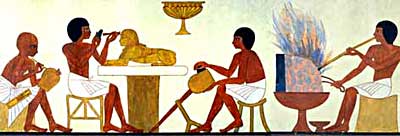This website will attempt to provide an insight on daily life in Ancient Egypt, including jobs, social classes, as well as a brief overview of their religious practices and their gods and goddesses. It will also include a timeline.
Table of Contents:









